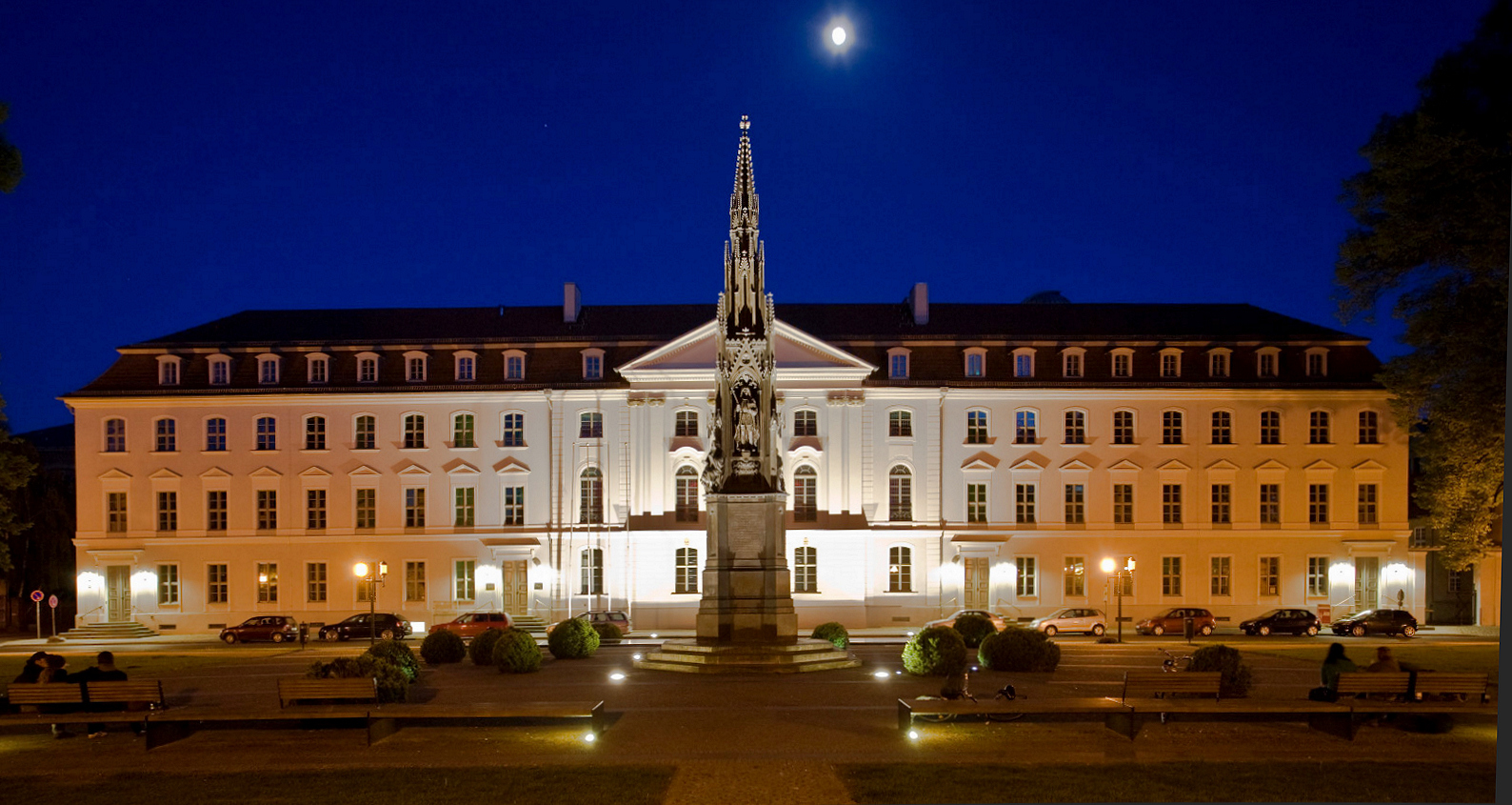|
Oskar Cohn
Oskar Cohn (15 October 1869 – 31 October 1934) was a German lawyer, Zionist and socialist politician. He was a member of the German and Prussian parliament and the Weimar National Assembly representing the Social Democratic Party of Germany and the Independent Social Democratic Party of Germany. Early life and education Cohn was born in Guttentag, Silesia, Kingdom of Prussia (Dobrodzień, Poland), the eleventh child of Bernhard Cohn (1827–1903) and Charlotte née Dresdner (1831–1908). His family were religious but largely assimilated German Jews, his grandfather was an honorary citizen of Guttentag. He attended school in Brieg (Brzeg) and started to study medicine at the University of Berlin. After two semesters he switched his studies to law and continued at the University of Greifswald, in Munich, and again in Berlin. As a student he came in contact with Otto Landsberg and Wilhelm Liebknecht. Career In 1892 Cohn obtained his doctorate and served in the Prussian Army i ... [...More Info...] [...Related Items...] OR: [Wikipedia] [Google] [Baidu] |
Dobrodzień
Dobrodzień (German: Guttentag, szl, Dobrodziyń) is a small town in Olesno County, in Opole Voivodeship, Poland. Located in the historical region of Upper Silesia, it is the administrative seat of Gmina Dobrodzień. As of December 2021, the town has a population of 3,650. Name Both names in Polish and German mean "Good day". Dobrodzień is an archaic variant of standard Polish ''Dzień Dobry'', while ''Guttentag'' is an archaic variant of standard German ''Guten Tag''. History The area is documented as part of the Upper Silesian Duchy of Opole of the fragmented Kingdom of Poland, since about 1163 under the rule of Duke Bolesław I the Tall. The name ''Dobrosin'' was first recorded in a 1279 deed; the name varied throughout the centuries (''Dobradin'', ''Dobrodzen'', ''Dobrodzin'', ''Dobrydzień'' etc.). It was granted town rights according to Magdeburg law in 1374 by Duke Vladislaus II of Opole, who then vested it with various privileges in 1384. It remained under the rule ... [...More Info...] [...Related Items...] OR: [Wikipedia] [Google] [Baidu] |
University Of Greifswald
The University of Greifswald (; german: Universität Greifswald), formerly also known as “Ernst-Moritz-Arndt University of Greifswald“, is a public research university located in Greifswald, Germany, in the state of Mecklenburg-Western Pomerania. Founded in 1456 (teaching existed since 1436), it is one of the oldest universities in Europe, with generations of notable alumni and staff having studied or worked in Greifswald. As the fourth oldest university in present Germany, it was temporarily also the oldest university of the Kingdoms of Sweden (1648–1815) and Prussia (1815–1945), respectively. Approximately two-thirds of the 10,179 students are from outside the state, including international students from 90 countries all over the world. Due to the small-town atmosphere, the pronounced architectural presence of the alma mater across town, and the young, academic flair in the streets, Greifswald is often described as a "university with a town built around it" rather ... [...More Info...] [...Related Items...] OR: [Wikipedia] [Google] [Baidu] |
Eastern European Jewry
The expression 'Eastern European Jewry' has two meanings. Its first meaning refers to the current political spheres of the Eastern European countries and its second meaning refers to the Jewish communities in Russia and Poland. The phrase 'Eastern European Jews' or 'Jews of the East' (from German: Ostjuden) was established during the 19th century in the German Empire and in the western provinces of the Austro-Hungarian Empire, aiming to distinguish the integrating Jews in Central Europe from those Jews who lived in the East. This feature deals with the second meaning of the concept of Eastern European Jewry- the Jewish groups that lived in Poland, Ukraine, Belarus, Latvia, Lithuania, Estonia, Russia, Romania, Hungary and modern-day Moldova in collective settlement (from Hebrew: Kibbutz- קיבוץ). Many of whom spoke Yiddish. At the beginning of the 20th century, over 6 million Jews lived in Eastern Europe. They were organized into large and small communities, living in big citi ... [...More Info...] [...Related Items...] OR: [Wikipedia] [Google] [Baidu] |
Courland
Courland (; lv, Kurzeme; liv, Kurāmō; German and Scandinavian languages: ''Kurland''; la, Curonia/; russian: Курляндия; Estonian: ''Kuramaa''; lt, Kuršas; pl, Kurlandia) is one of the Historical Latvian Lands in western Latvia. The largest city is Liepāja, the third largest city in Latvia. The regions of Semigallia and Selonia are sometimes considered as part of Courland as they were formerly held by the same duke. Geography and climate Situated in western Latvia, Courland roughly corresponds to the former Latvian districts of Kuldīga, Liepāja, Saldus, Talsi, Tukums and Ventspils. When combined with Semigallia and Selonia, Courland's northeastern boundary is the Daugava, which separates it from the regions of Latgale and Vidzeme. To the north, Courland's coast lies along the Gulf of Riga. On the west it is bordered by the Baltic Sea, and on the south by Lithuania. It lies between 55° 45′ and 57° 45′ North and 21° and 27° East. The name is also ... [...More Info...] [...Related Items...] OR: [Wikipedia] [Google] [Baidu] |



